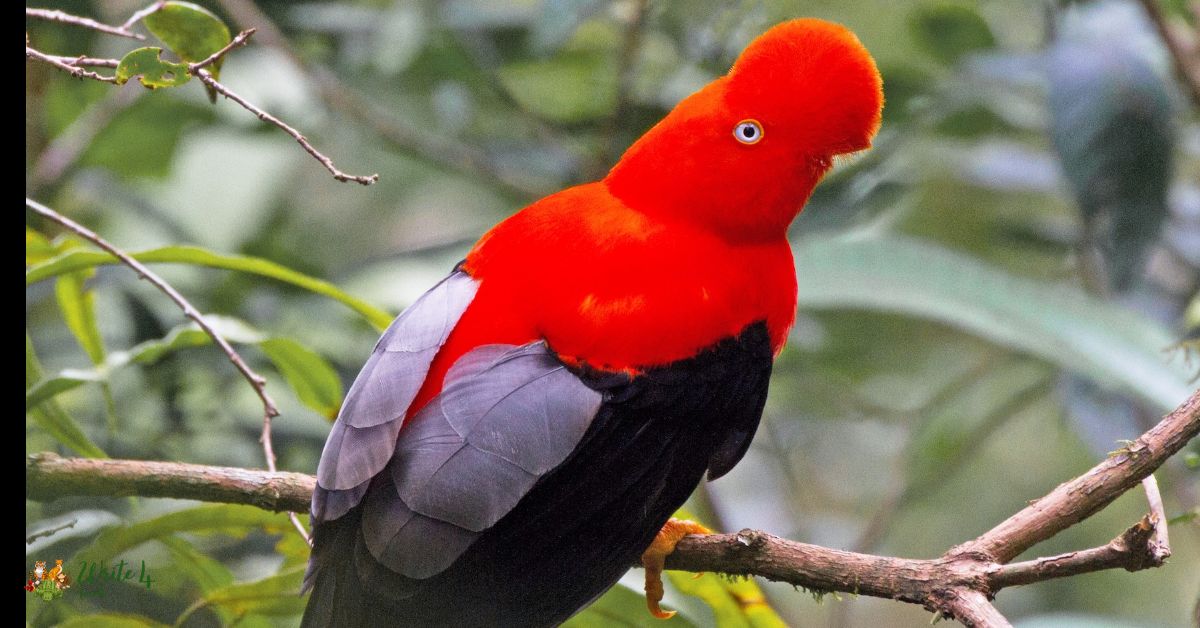Nature has an uncanny ability to paint its canvas with a myriad of colors, and the avian world is no exception. Among the vast array of feathered wonders, orange and black birds stand out as striking symbols of beauty and diversity.
In this exploration, we’ll embark on a journey to discover 12 black and orange birds from various corners of the world, each with its unique charm and ecological significance.
1. Baltimore Oriole
The Baltimore Oriole, with its vibrant orange and black plumage, graces North American skies, captivating bird enthusiasts with its melodious songs. These striking songbirds are often found in deciduous forests, their bright colors standing out against the green foliage.
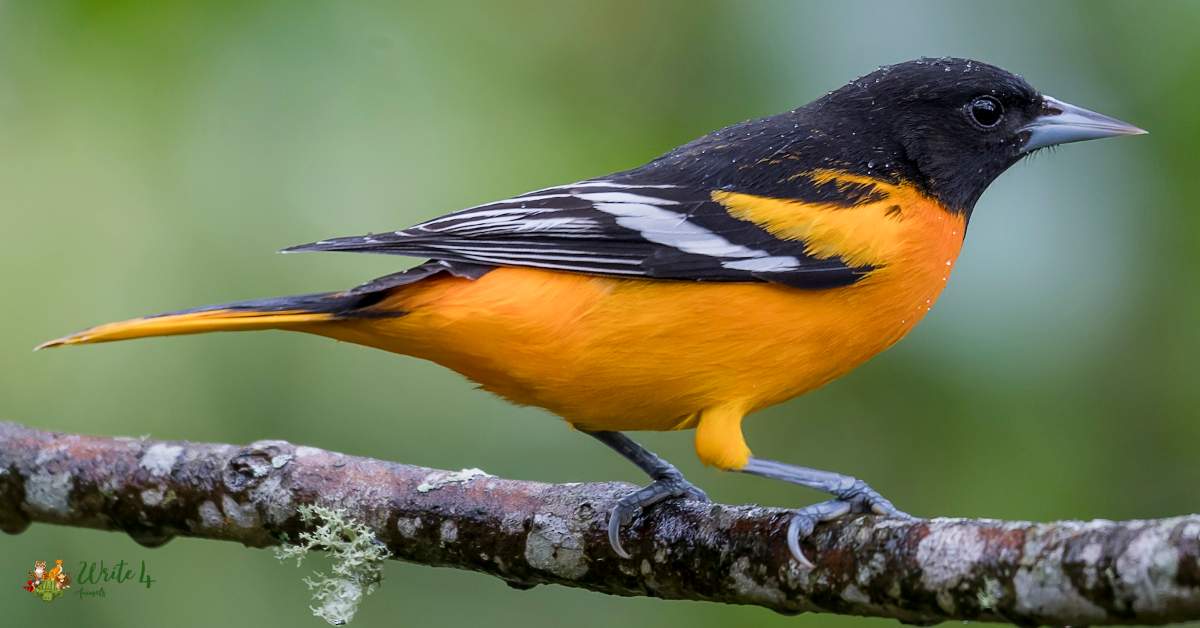
Their distinctive black hood and vibrant orange underparts make them a visual delight for birdwatchers, who eagerly seek out these iconic representatives of black and orange birds in the region.
As they flit gracefully through the branches, Baltimore Orioles contribute to the ecological balance of their habitats by controlling insect populations and aiding in pollination.
2. Northern Flicker
The Northern Flicker, adorned with a mesmerizing blend of black and orange plumage, is a woodpecker species native to the Americas.
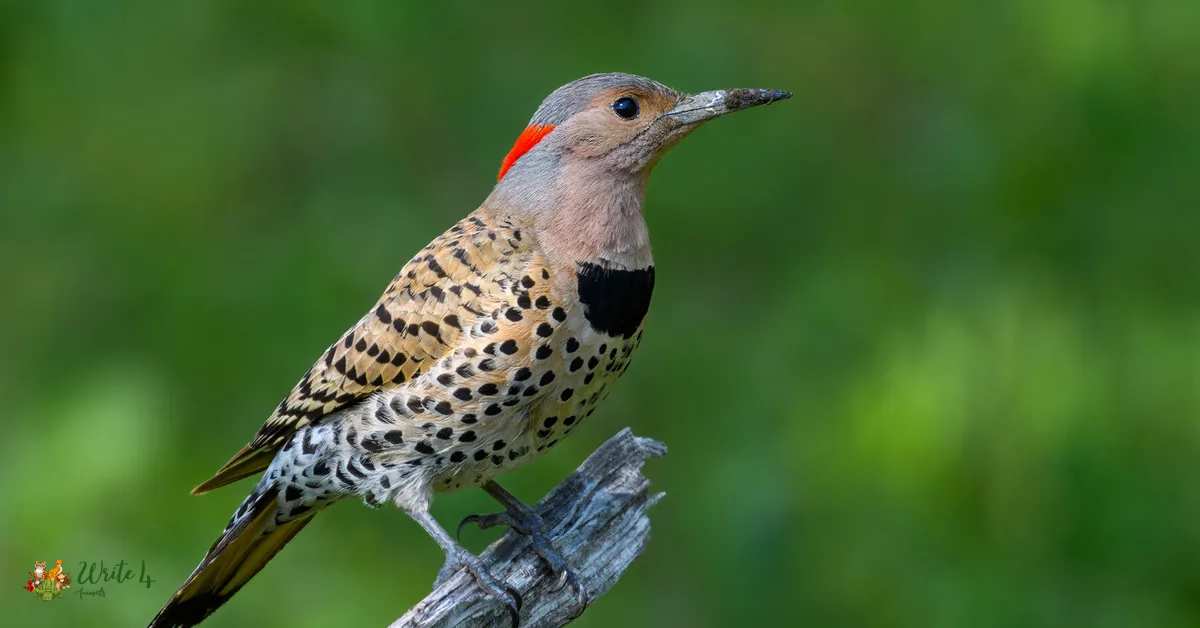
Its distinctive barred pattern and bright colors make it a standout in open woodlands and suburban areas. With a penchant for foraging on the ground for insects, the Northern Flicker brings vitality to its ecosystem.
Birdwatchers are drawn to its unique appearance, a testament to nature’s creativity in combining shades of black and burnt orange. The Northern Flicker’s adaptability and striking appearance make it a cherished symbol of avian diversity.
3. Blackburnian Warbler
In the lush forests of North America, the Blackburnian Warbler emerges as a breathtaking example of black and orange avian brilliance. Males of this species boast a flame-orange throat that contrasts strikingly with their black and white feathers.
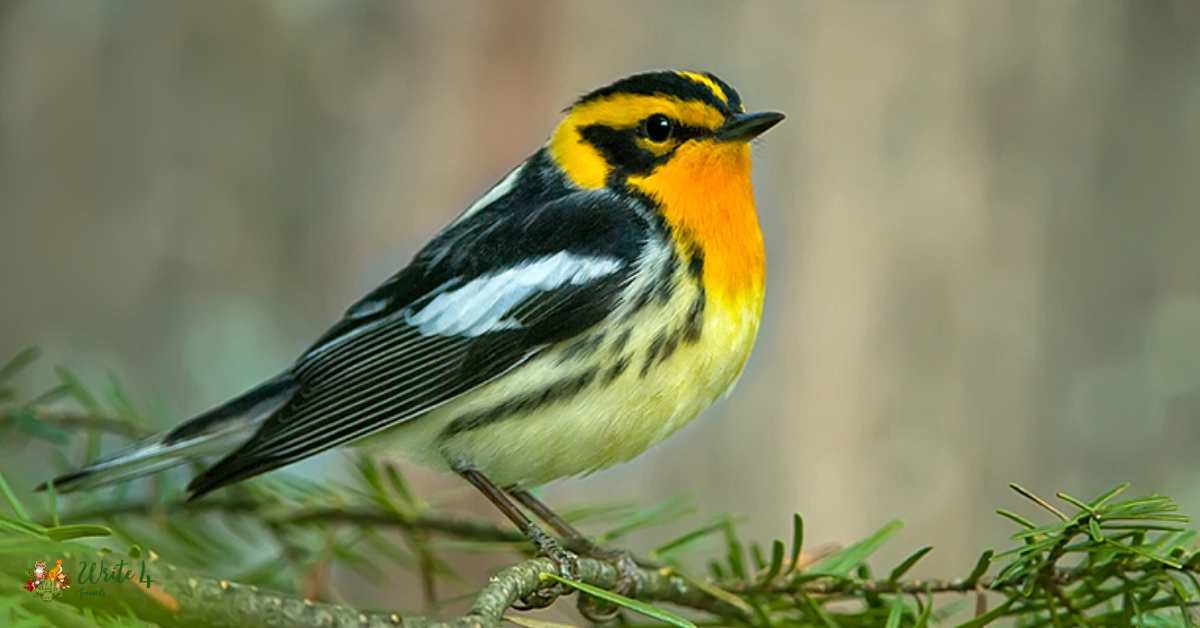
Navigating the treetops with agility, these warblers create a spectacle for birdwatchers fortunate enough to witness their vibrant displays. Their presence in deciduous and mixed forests contributes to in the natural world.
Birdwatchers and conservationists alike value the Blackburnian Warbler for its ecological role and its role in enhancing the aesthetic allure of North American woodlands.
4. Rufous Hummingbird
The Rufous Hummingbird, adorned in a splendid combination of black and burnt orange iridescence, graces the Americas with its aerial acrobatics.
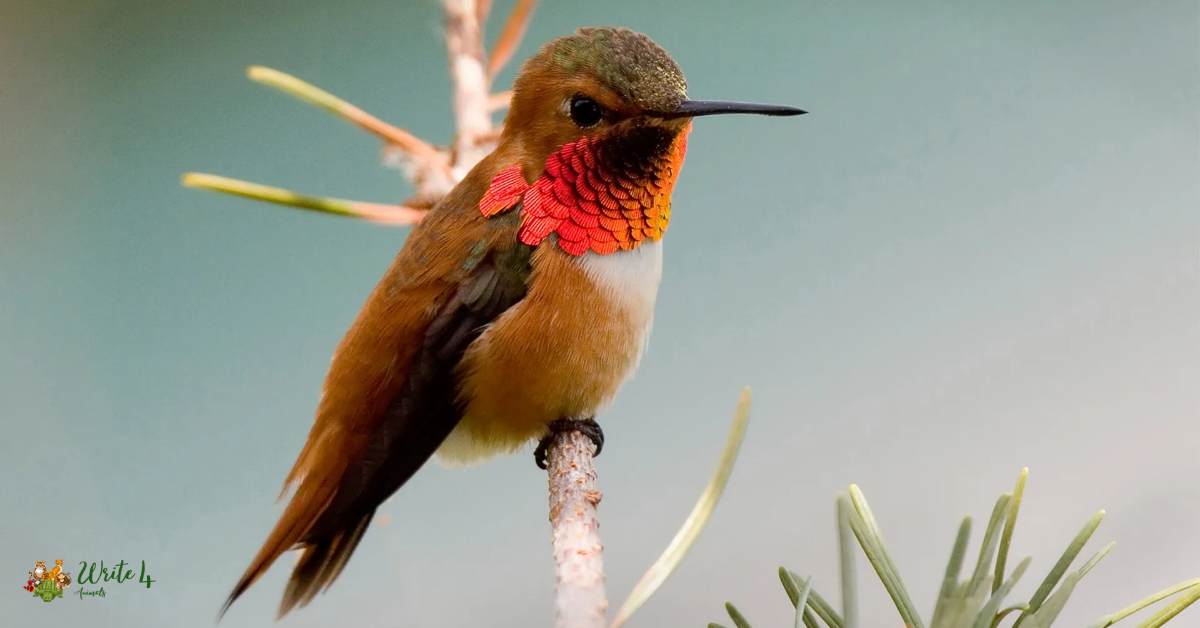
These tiny wonders embark on extensive migrations, covering vast distances to find suitable habitats. Their vibrant plumage, featuring shades of black and fiery orange, adds a dazzling touch to gardens and wild landscapes.
Beyond their visual appeal, Rufous Hummingbirds play a vital role in pollination, making them essential contributors to the ecosystems they inhabit.
Birdwatchers and nature enthusiasts eagerly await the seasonal arrival of these charismatic hummers, showcasing the unique charm of black and orange birds in the avian realm.
5. Trogonidae Family
Across the tropical landscapes of Central and South America, the Trogonidae family unveils several black and orange gems, including the Collared Trogon and the Elegant Trogon.
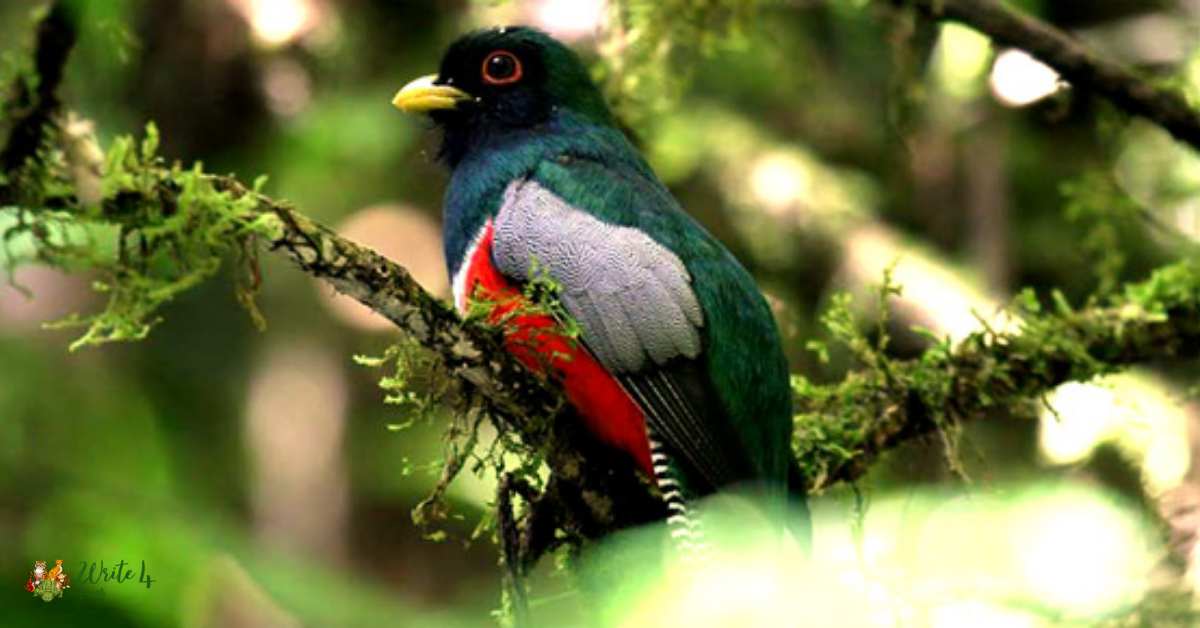
These birds, adorned in rich black and orange hues, become integral components of the vibrant rainforest tapestry. With their distinctive calls and striking appearances, Trogons contribute to the biodiversity of their habitats.
Conservation efforts focused on protecting these lush environments ensure the continued existence of these mesmerizing black and orange birds, underscoring the importance of preserving the intricate balance of tropical ecosystems.
6. Andean Cock-of-the-Rock
Nestled in the cloud forests of the Andes, the Andean Cock-of-the-Rock commands attention with its flamboyant orange plumage.
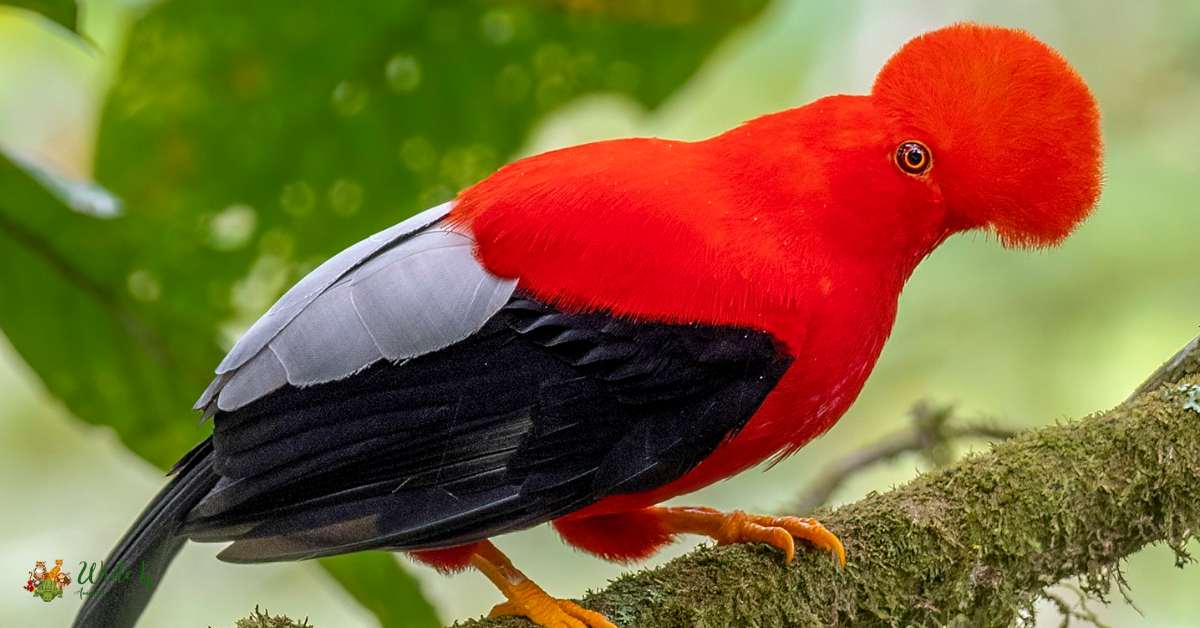
The males, in particular, showcase vibrant colors during elaborate courtship displays, creating a spectacle in their montane habitats. These unique birds play a vital role in seed dispersal, contributing to the regeneration of the Andean cloud forest.
Conservation efforts in the region focus on preserving the biodiversity of these critical habitats, ensuring the continued existence of the Andean Cock-of-the-Rock and its fellow black and orange avian counterparts.
7. Eurasian Bullfinch
Across the Eurasian woodlands, the Eurasian Bullfinch graces observers with its distinctive combination of deep orange-red and black plumage.
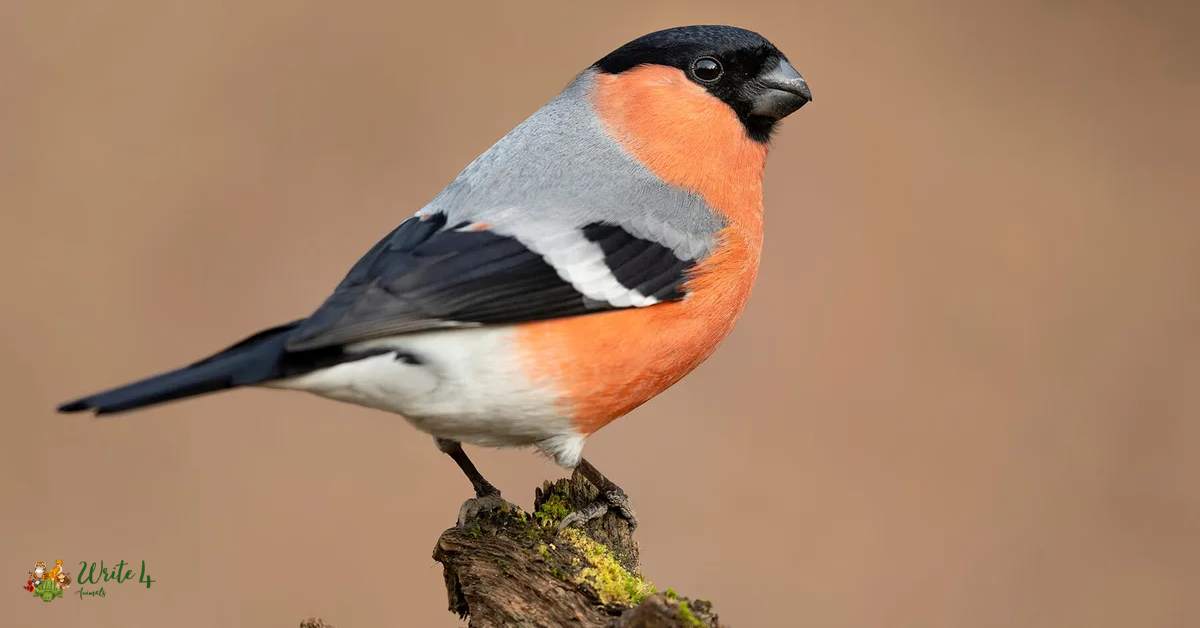
These charming birds, with their gentle demeanor and striking colors, become sought-after sightings for birdwatchers in Europe and Asia. The Bullfinch’s presence in deciduous and coniferous forests adds a touch of elegance to these ecosystems, embodying the allure of black and orange birds.
Conservation efforts across their range emphasize the importance of preserving diverse habitats to ensure the continued thriving of these avian wonders.
8. Black-and-Orange Flycatcher
In the dense forests of Southeast Asia, the Black-and-Orange Flycatcher emerges as a striking example of black and orange avian beauty.
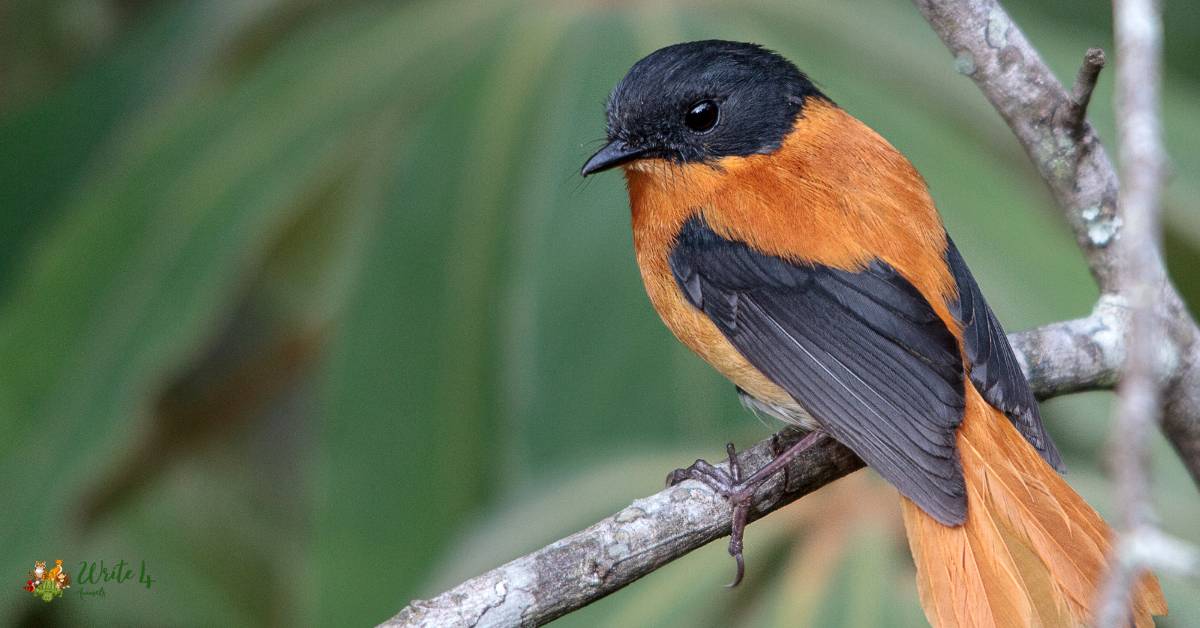
Sporting a sleek black plumage adorned with vivid orange accents, these flycatchers exhibit agility in hunting insects. Their melodious calls echo through the lush vegetation, marking their presence in the rich biodiversity of the region.
Conservation initiatives in Southeast Asia underscore the importance of preserving these habitats, ensuring that the Black-and-Orange Flycatcher and its fellow avian residents continue to thrive amidst the diverse flora and fauna.
9. Flame Robin
Down under in the eucalyptus forests of Australia, the Flame Robin adds a burst of color to the landscape with its bold black and orange markings.
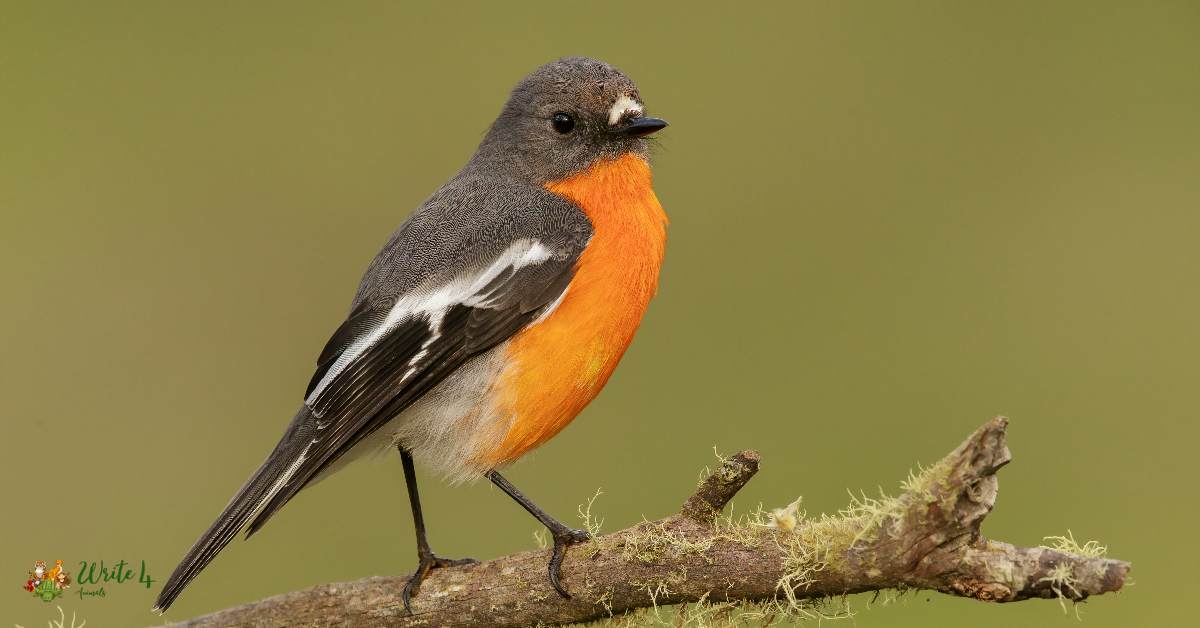
These small birds, with their vibrant plumage, become symbolic representatives of avian diversity in the region. Their migratory patterns contribute to the ecological balance of the Australian woodlands, underscoring the interconnectedness of species within these ecosystems.
Conservation efforts in Australia focus on preserving the unique biodiversity of the continent, ensuring that the Flame Robin and its fellow inhabitants continue to thrive amidst the iconic eucalyptus groves.
10. Eurasian Hoopoe
The Eurasian Hoopoe, a regal bird with a distinctive crown of feathers, enchants observers across Europe and Asia. Its warm orange and pink hues blend seamlessly with deep blacks, creating a visually stunning appearance.
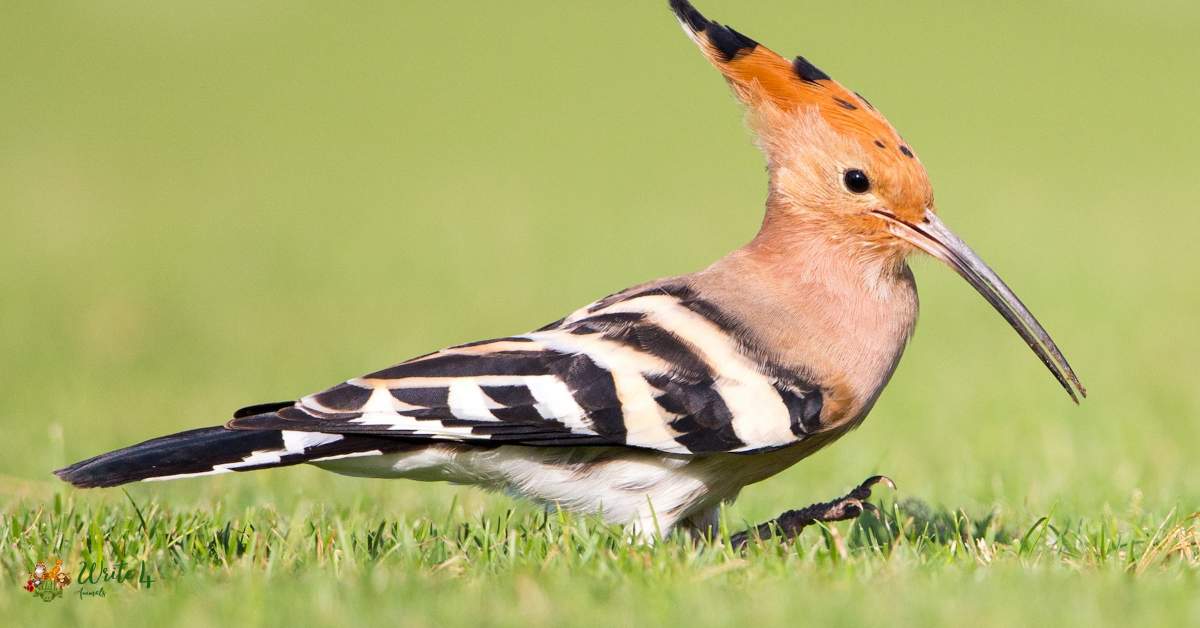
Revered in various cultures as a symbol of protection, the Hoopoe’s earth-toned plumage complements its elegant demeanor. This captivating species adds a touch of mystique to the avian world, with its melodious calls resonating through diverse landscapes.
11. Bank Myna
The Bank Myna, adorned in glossy black plumage and vibrant orange-yellow eye patches, is a charismatic bird thriving in South Asian urban environments.
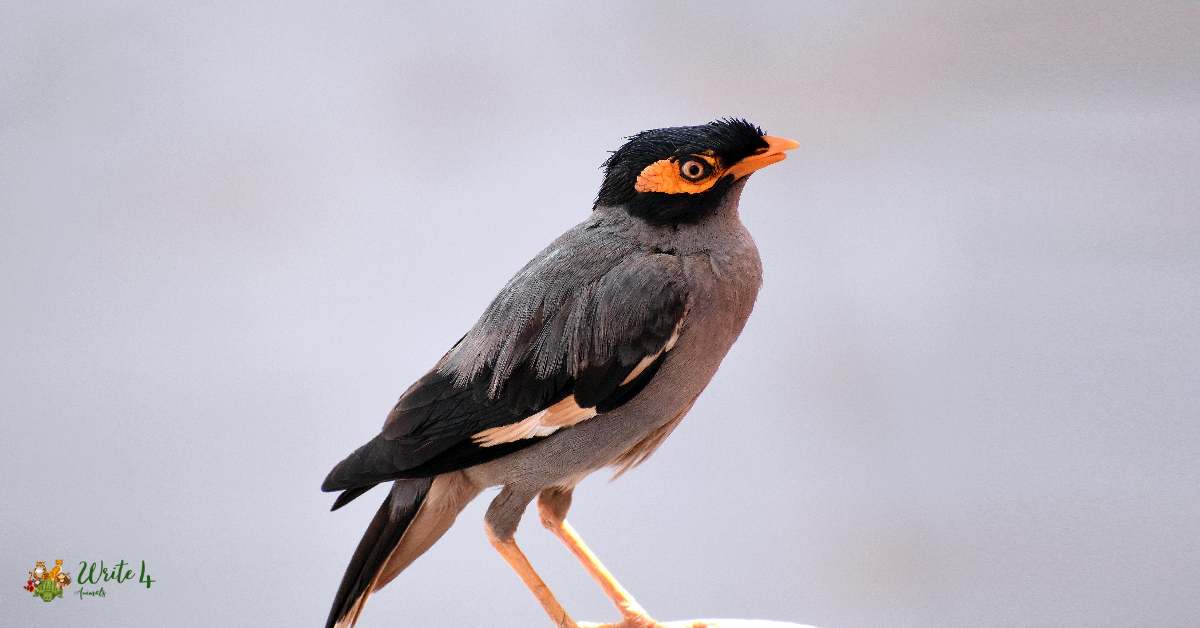
Its adaptability to city life makes it a common sight in gardens and parks, where its melodious calls contribute to the urban symphony.
This sleek bird’s contrasting colors and sociable nature make it a favorite among birdwatchers, bridging the gap between the wild and urban landscapes.
12. Brambling
The Brambling, a migratory jewel of the northern hemisphere, displays a striking contrast of black and orange against snowy landscapes.
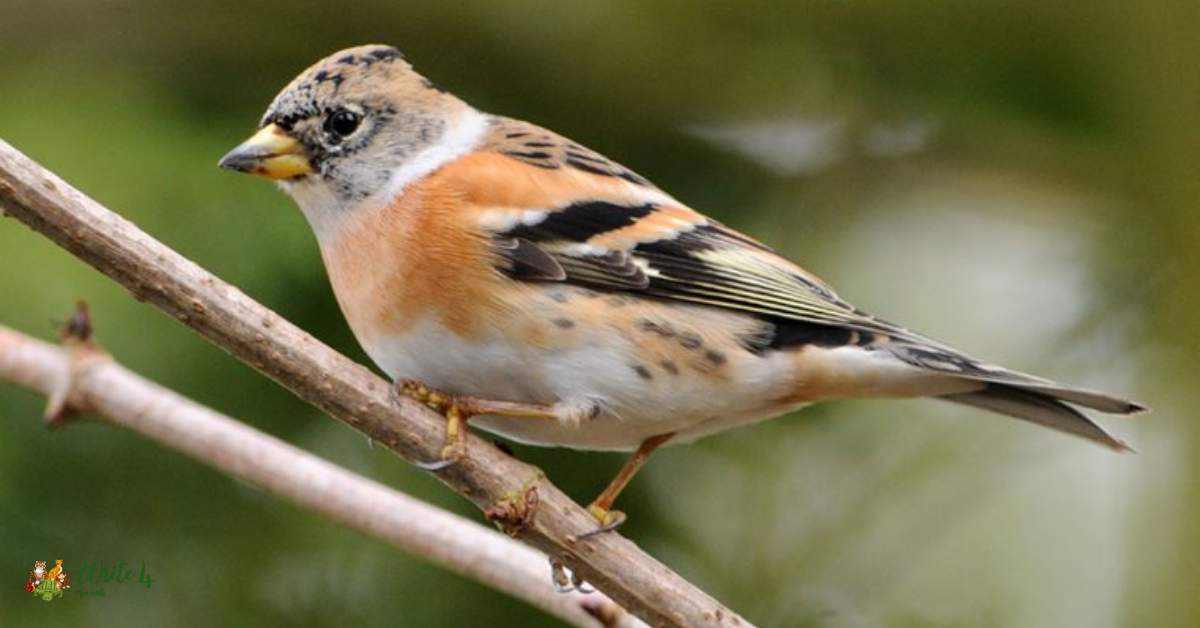
With its black head and bib, complemented by a vibrant orange chest, this small bird captivates with its winter flocks. The Brambling’s elusive nature adds an element of mystery to its beauty, leaving bird enthusiasts eagerly awaiting glimpses of its seasonal migrations.
Frequently Asked Questions
What makes black and orange birds unique in the avian world?
Black and orange birds stand out due to their vibrant and contrasting plumage, creating a visually striking appearance. This color combination is not only aesthetically pleasing but also serves various ecological and evolutionary purposes.
Are there specific regions where black and orange birds are more commonly found?
Yes, black and orange birds inhabit diverse regions worldwide. Species like the Eurasian Hoopoe, Brambling, and Bank Myna can be found in Europe, Asia, and South Asia, respectively. Other species, such as the Flame Robin and Spangled Drongo, are native to Australia and Southeast Asia.
What is the significance of black and orange colors in these birds?
The black and orange colors in birds often serve purposes such as camouflage, mate attraction, and species recognition. These colors may also play a role in thermoregulation, with dark plumage absorbing and retaining heat.
Are black and orange birds migratory?
Yes, several black and orange bird species, like the Brambling and Northern Oriole, are migratory. They undertake seasonal journeys, often covering vast distances, adding to the wonder of birdwatching during their migrations.
How can one attract black and orange birds to their backyard?
Creating a bird-friendly environment with suitable food sources, water, and shelter can attract black and orange birds. Species like the Bank Myna may adapt well to urban landscapes, making them regular visitors to gardens and parks.
Are there cultural or symbolic associations with black and orange birds?
Yes, various cultures have symbolic associations with black and orange birds. For instance, the Eurasian Hoopoe is considered a symbol of protection in folklore, adding cultural significance to its regal appearance.
Do black and orange birds have specific calls or songs?
Yes, many black and orange birds, such as the Bank Myna and Northern Oriole, are known for their melodious calls and songs. These vocalizations play a role in communication, territory marking, and mate attraction.
Recommended
1. 12 birds in Hawaii | types of birds in hawaii
2. 12 Big Head Snake in the world
